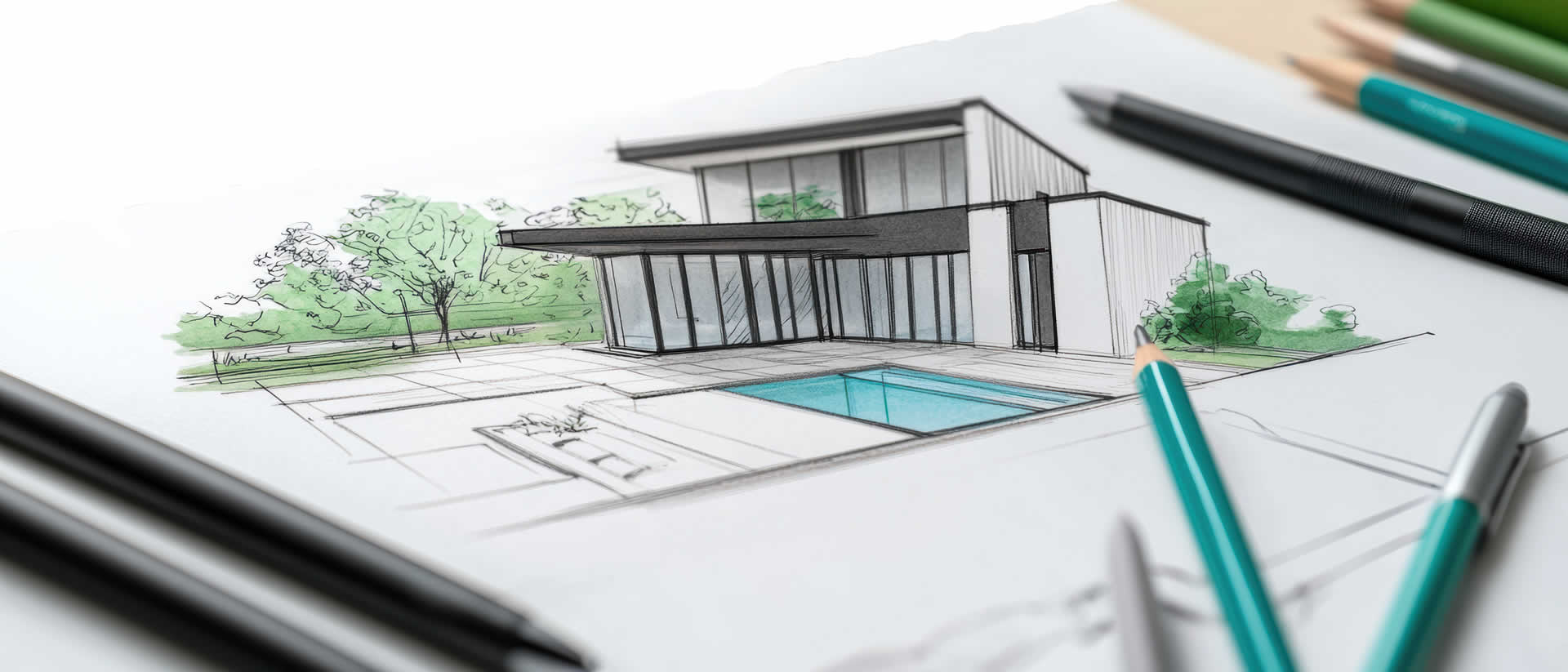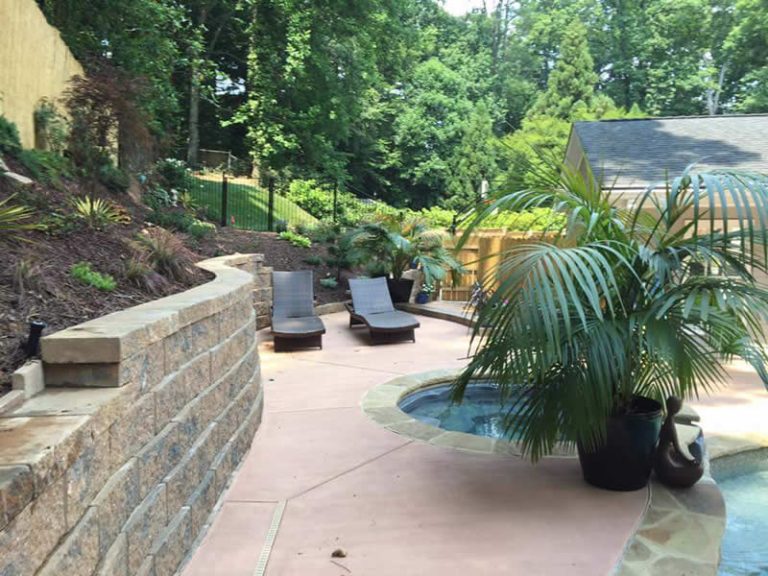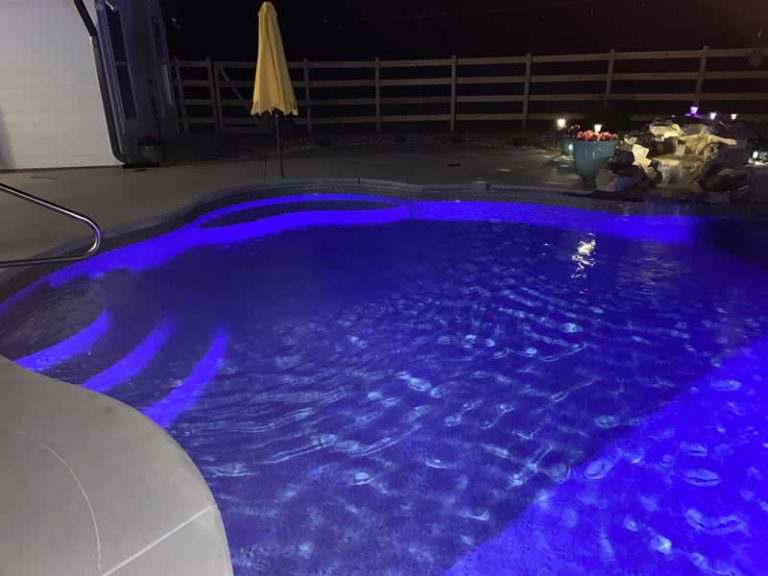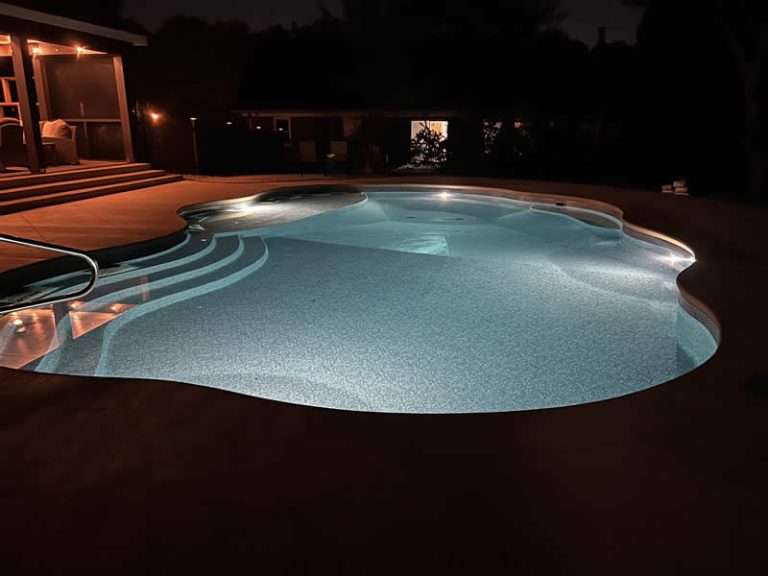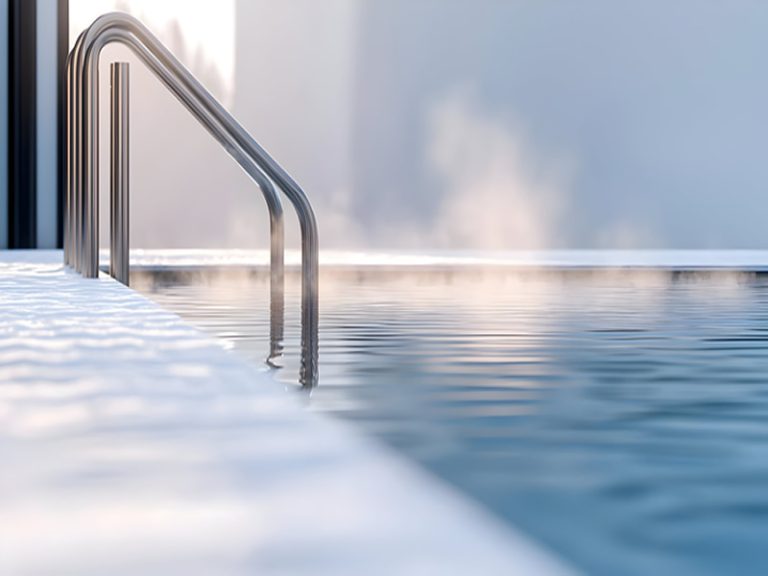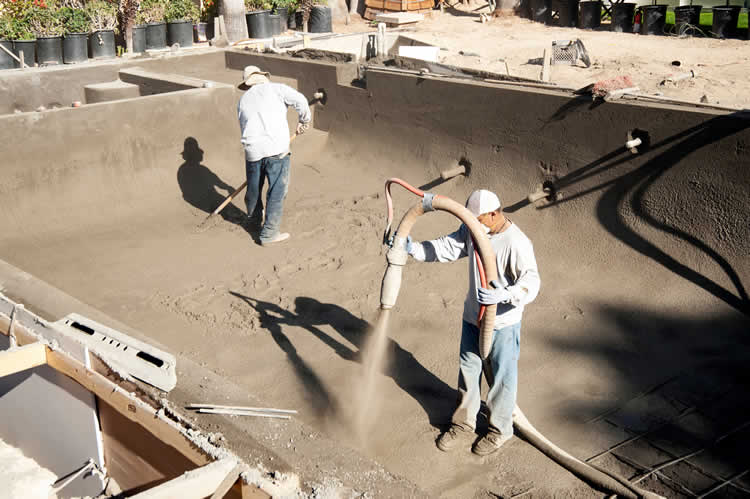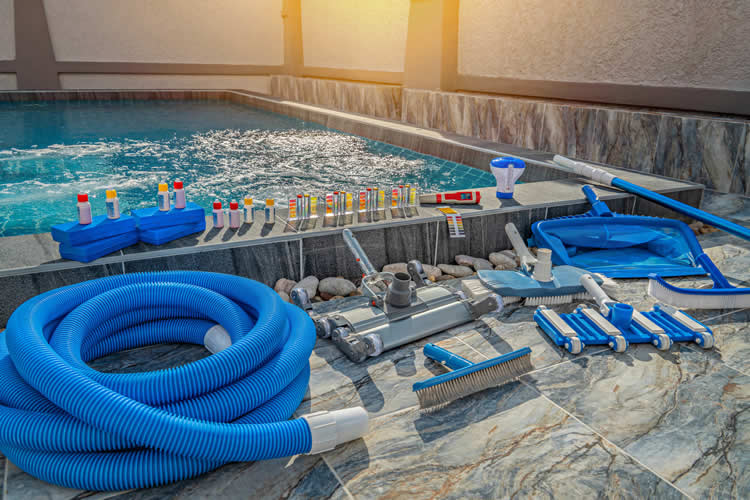How Pool Shape Affects Cost, Circulation, and Style
If you’ve ever walked through a backyard and thought, “That pool just fits,” it probably wasn’t by accident. The shape of a pool does a lot more than determine how it looks in pictures — it affects cost, water flow, maintenance, and even how often you’ll use it. You’d be surprised how much difference a few curves or corners can make once you live with it day after day.
Let’s talk about how shape influences everything from budget to backyard personality — and why picking the right one isn’t about chasing trends, it’s about matching your space and lifestyle.
The Practical Side of Pool Shape
Every shape starts with a purpose. A rectangular pool isn’t just a style choice — it’s practical. Straight lines make it easier to install automatic covers, lap lanes, and simple decking layouts. They’re also the most efficient for water circulation, since jets can push water evenly from end to end. That keeps your chemicals balanced and debris moving toward the skimmer instead of collecting in dead spots.
Freeform or lagoon-style pools, on the other hand, are more natural looking. They work beautifully in backyards with trees, curves, or slopes because they blend with the landscape instead of fighting it. The trade-off is that curves create uneven circulation zones, so you might need extra returns or a variable-speed pump to keep water moving evenly.
It’s kind of like comparing a square room to one with alcoves and arches. Both can be beautiful — one just takes a little more thought in how you furnish and maintain it.
The Cost Equation: Corners vs. Curves
From a builder’s standpoint, curves cost more time and labor. With gunite pools, we shape rebar and forms by hand, and every bend means more materials and precision work. Rectangular pools, by contrast, are faster to frame, measure, and pour. The difference isn’t dramatic, but it adds up. On a large pool, that could mean several thousand dollars.
Fiberglass pools flip the equation. Because they’re pre-molded, you pay the same regardless of shape — assuming you stay within the manufacturer’s models. In fact, choosing a freeform fiberglass design might actually save you from having to contour your yard as much.
Vinyl pools land somewhere in the middle. The panels we use to form the walls come in preset shapes and radiuses, so curves are fairly easy to achieve without major cost increases. That’s one reason vinyl has remained popular: you can get creative without paying the full “custom” price tag.
So when clients ask, “Does shape affect cost?” the honest answer is yes — but not always in the way they think. Straight lines are easier on construction budgets. Organic lines are easier on the eyes.
Function Follows Form (Literally)
How you plan to use your pool should drive the design. Families with younger kids often prefer freeform pools because they feel more playful and less formal. There’s room for shallow coves, tanning ledges, or built-in benches. People who love to swim laps or host large gatherings often lean toward geometric designs because they’re predictable and efficient.
The truth is, you’ll enjoy your pool more when its layout fits your habits. Want to swim for exercise? You’ll need length and straight edges. Want a pool that doubles as a social space? Add curves, ledges, or a connected spa. Think of the shape like the floor plan of your backyard — it dictates how people move, sit, and play.
A lot of new homeowners start by picking what “looks cool” in photos. But when you live with it, functionality becomes the thing that makes it feel right.
Circulation and Cleaning: The Hidden Impact
Here’s something most people don’t consider until after the fact — how the shape affects water flow and cleaning. Water in a pool doesn’t move in a perfect circle; it travels based on where the jets push and where the drains pull. Sharp corners, narrow necks, or odd curves can create dead zones that need extra brushing or robotic cleaning.
Rectangular and Roman-end pools are easiest to balance hydraulically. Freeforms can be just as efficient if they’re designed properly — but that’s where experience matters. You have to plan plumbing lines, returns, and skimmers from the start. A good designer makes sure the shape looks artistic without compromising water movement.
If you’ve ever seen a pool with cloudy corners while the center looks crystal clear, that’s usually a circulation issue tied to shape and jet placement. It’s fixable, but best avoided with smart planning on day one.
Matching Shape to Setting
Shape also helps tie the pool to its surroundings. A clean rectangle looks fantastic next to a modern farmhouse or a contemporary brick home — it matches the geometry. A freeform pool feels natural beside wooded lots, rustic patios, or sloped yards common across North Georgia.
And then there are hybrids — geometric bases with softened edges or curved steps. These “transitional” designs blend structure with flow, which works beautifully when your house has a mix of straight and organic lines. They’re also popular in subdivisions where lot size limits width but homeowners still want visual movement.
When we design pools, we’re thinking about sightlines from the house, shadows throughout the day, and how water reflects nearby trees or lights. The shape is what frames all that. Get it right, and your pool feels like it belongs there, not like it was dropped in.
Style and Personality
Beyond function, shape says a lot about personal taste. Rectangular pools suggest classic style and symmetry. Roman or Grecian ends lean traditional, while sharp, narrow lap pools give off a minimalist vibe. Kidney and lagoon shapes read relaxed and natural, perfect for families or anyone who wants that “resort” feeling without leaving home.
I always tell clients — your pool should feel like an extension of your personality. If you’re detail-oriented and like order, you’ll appreciate the precision of straight lines. If you prefer things a little looser and organic, curves will make you feel at home. There’s no wrong choice, only what feels right in your space.
Wrapping It Up
Choosing a pool shape isn’t about picking from a chart. It’s about how you want your backyard to feel and how much effort you’re comfortable putting into upkeep. Rectangles are timeless and efficient. Freeforms are fun and inviting. Hybrid designs give you both — elegance with personality.
A well-designed pool balances three things: how it looks, how it works, and how it makes you feel when you walk outside. When those align, you’ll know you picked the right shape. Not because someone said it was trendy — but because every time you glance out the window, you’ll think, “Yeah, that’s ours.”
Let’s Talk …
Let us take care of your Pool & landscape
At Aqua Fun, we don’t just build pools — we build relationships that last for seasons to come. Our team takes the time to understand your space, your needs, and how you actually use your backyard. Then we craft solutions that make every swim, soak, or gathering more enjoyable. It’s not about selling you more; it’s about helping you get it right.
If you’ve been thinking about improving, repairing, or re-imagining your pool, let’s talk. We’ll meet you where you are, explain your options clearly, and make sure the whole process feels simple and stress-free. That’s the Aqua Fun way — real people, real care, and results that speak for themselves.
Mon – Fri
8:00 – 6:00

